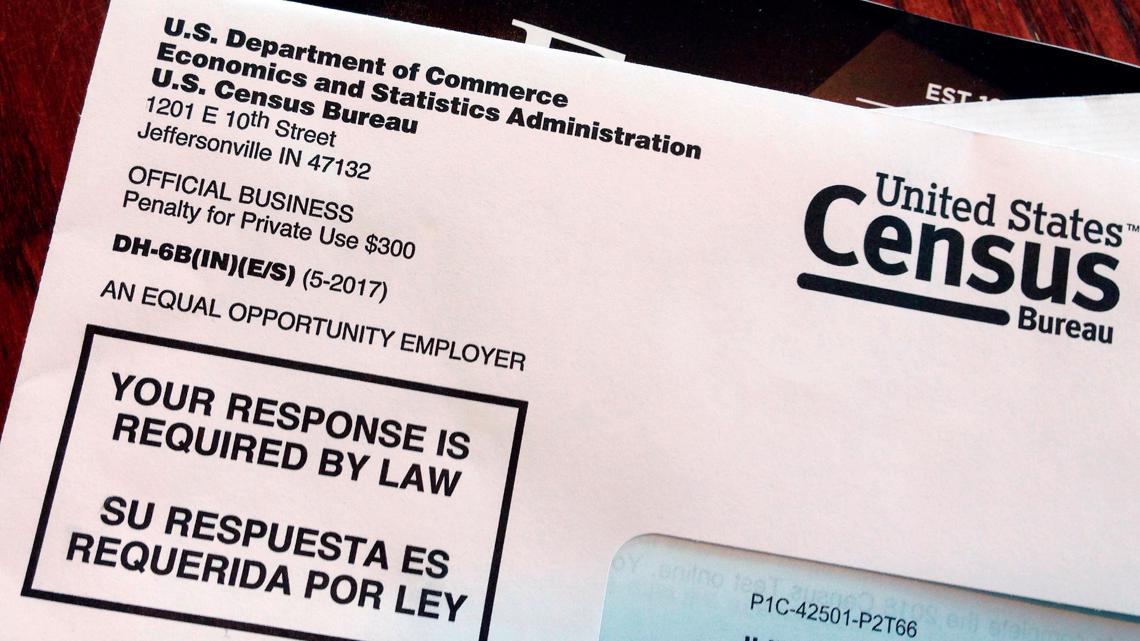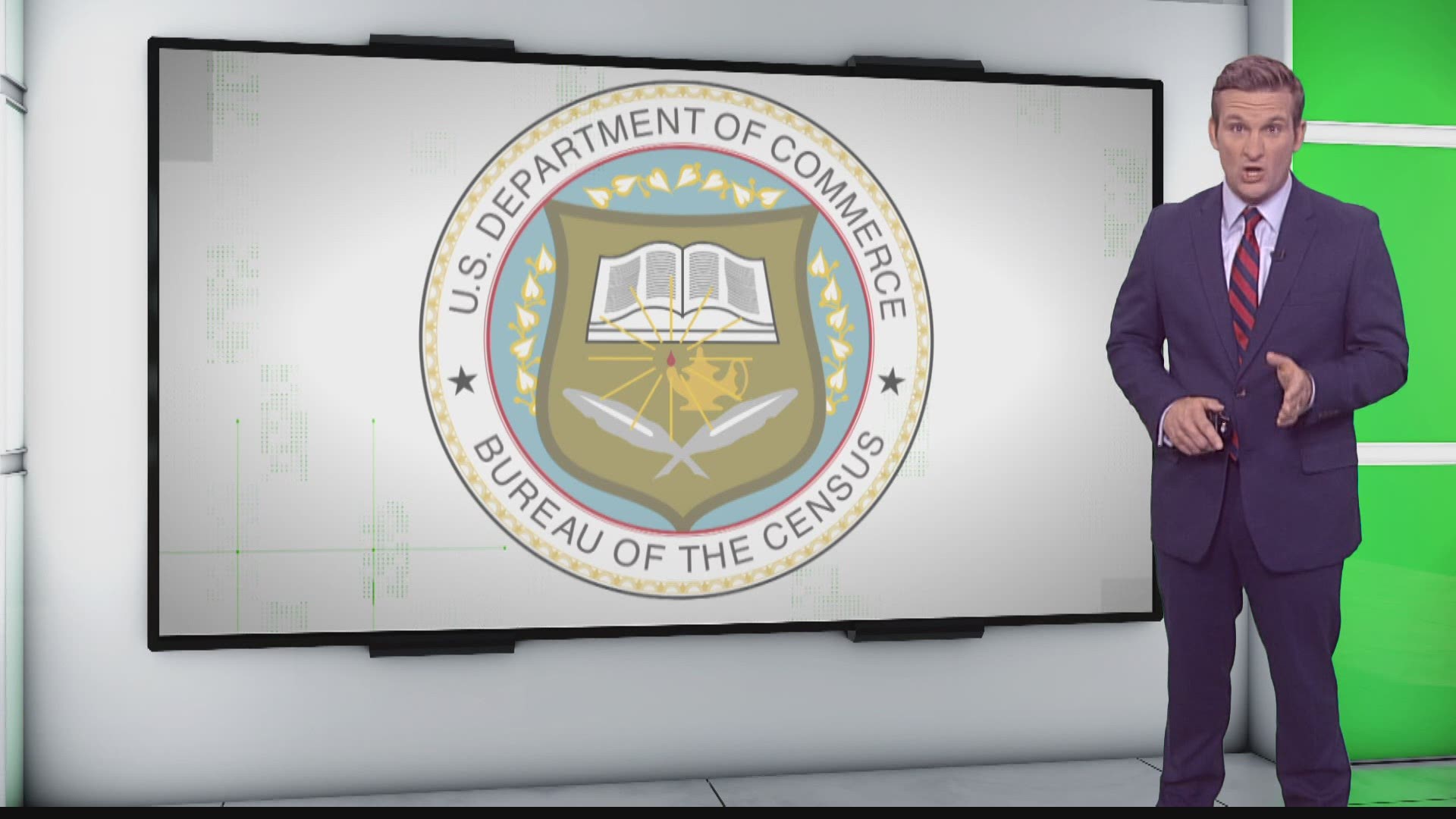Members of an advisory committee to the U.S. Census Bureau said Thursday that they're concerned rural areas will be undercounted in the 2020 census and the statistical agency has shortened its timeline for crunching the numbers used for allocating federal funds and congressional seats by state.
Given that they have low internet access, residents of rural areas are particularly at risk of being undercounted because field operations for the 2020 census ended two weeks earlier than planned, members of the Census Scientific Advisory Committee said in written comments read during a virtual meeting.
The advisory committee is made up of statisticians, demographers and others who provide recommendations on Census Bureau programs.
Early indications suggested that rural communities were lagging cities and suburbs in responding to the census either online, by telephone or by mail, highlighting the importance of the door-knocking phase when census takers interviewed households whose residents hadn't yet responded, committee members said in their comments.
Advisory committee members also said they were concerned that the Census Bureau relied on administrative records of questionable quality to fill in information gaps in areas that were hard for census takers to reach because of natural disasters like wildfires in the West and hurricanes along the Gulf Coast.
The advisory committee recommended that the Census Bureau release information showing the percent of households that were counted using administrative records from agencies like the IRS or Social Security Administration, the percent of households counted using a neighbor or landlord instead of residents of the household, and the percent of households where there was only a head count instead of the collection of demographic data.


“Transparency is critical for the trust of the American people," said Allison Plyer, the committee's chair.
Because of the pandemic, the Census Bureau pushed back finishing field operations for the 2020 census from the end of July to the end of October but then shortened it a month to the end of September. A judge's order returned the deadline to Oct. 31. But the Census Bureau moved it up to Oct. 5 before the Supreme Court suspended the judge's order.
That allowed the Trump administration to end field operations on Oct. 15, but it gives the statistical agency only two and a half months to crunch the numbers used for divvying up congressional seats by state — about half the time originally planned.
Given that the pandemic caused large numbers of people such as college students to be away from where they usually were staying, the bureaus' statisticians need more time for crunching numbers, not less, the advisory committee members said.
Even though Census Bureau officials say statisticians are working seven days a week to meet a Dec. 31 deadline, “accuracy of the Bureau staff’s work is likely to decrease under such sustained pressure," the advisory committee said.
“All of you have been through the ringer," Plyer said. “This decennial census has been more difficult than your wildest dreams."

